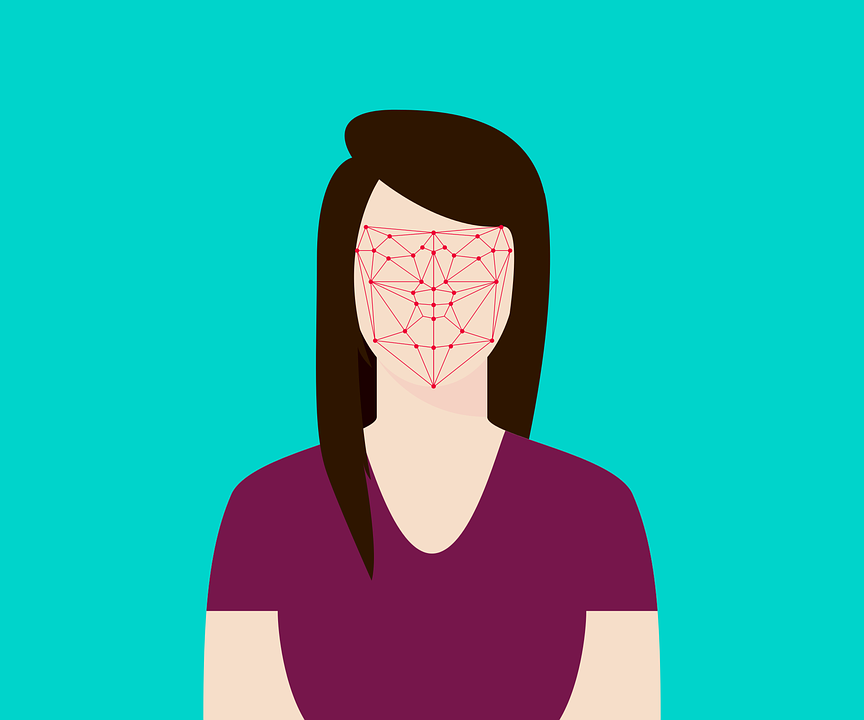Identifying people by comparing their faces with information in the databases of companies or institutions is not science fiction. FERET (Face Recognition Technology) is currently implemented in most developed countries around the world. It is used at airports, railway stations, border crossings, shopping centers, banks and health care facilities. However, the greatest use is made of it by police forces. Face recognition systems operate in facilities or factories with limited access.
From the Iphone to the airport
If we want to reach for the most glaring examples of using facial recognition systems, we have to take a short trip to the USA. The Department of Homeland Security of the United States uses FERET to identify individuals who have exceeded their visa deadline or may be under investigation. The first arrest using facial recognition took place at Washington Airport in August 2018. Apple first used facial recognition to unlock its iPhone X. Face ID lets you prove to your phone that you are you when you want to access your phone. According to Apple specialists, the chance that someone unwanted will accidentally unlock your iPhone with FERET is one in a million. Face recognition technology works successfully in the social media world. Facebook uses an algorithm to detect faces every time you upload photos to your profile and tag specific people with them. The Zukcerberg portal recognises faces with 98% accuracy!
These are obviously not all examples of using FERET in business and public administration. The idea behind the technology is simple: to determine with the greatest possible precision whether a person is who they claim to be. This is the main reason for the controversy that has grown around this revolutionary technological innovation. Critics emphasize that it is developing disproportionately fast compared to the emergence of regulations protecting our image from misuse. In their opinion, both the GDPR and the CCPA are appropriate steps, but still insufficient.
FERET – how does it work?
The mechanism of face recognition technology is based on the use of unique human biometric data, such as: oval and width of the face, shape of mouth, nose, forehead, eyebrows, chin, ears or cheekbones. It is therefore a face mapping which is a series of very specific indicators for the system. Apart from the geometrical features mentioned above, these are also anthropometric features, i.e. the distances between the eye centres, the farthest points of the eyes, eyes and nose and between the lines of the eyes, nose, mouth, chin, etc. The correct identification of a specific person is only possible if all of the above data are consistent.

Big brother is watching!
Politicians, activists, academics, and even law enforcement officials from all over the world are reflecting on the functioning of technology in democratic countries and its impact on the right to image and privacy.
Critics of face recognition technology emphasize that it takes monitoring to a whole new level. FERET enables the authorities to carry out mass, automated surveillance of people – including tracking every movement of people and observing them during their daily activities. Here comes the question of regulations governing the use of this technology. According to the United Nations Universal Declaration of Human Rights, citizen supervision should be limited to the prosecution of serious crimes, without interfering with our freedom and fundamental rights. Meanwhile, facial recognition technology used by the state apparatus is a form of control which is a manifestation of distrust towards citizens. Skeptics fear that mass registration to store and analyze our images is equivalent to depriving us of the right to do anything without the knowledge of the state. In their opinion, this is a simple way to restrict the freedom of assembly, association and expression (through intimidation).
On the way to perfection
International governments and companies implementing FERET are faced with the huge challenge of preparing detailed information on the actual use of this technology. The specialists emphasize that the citizen should be able to consent to the registration, analysis and storage of his image in databases at any time.
Helpful sources:
How does facial recognition work?














